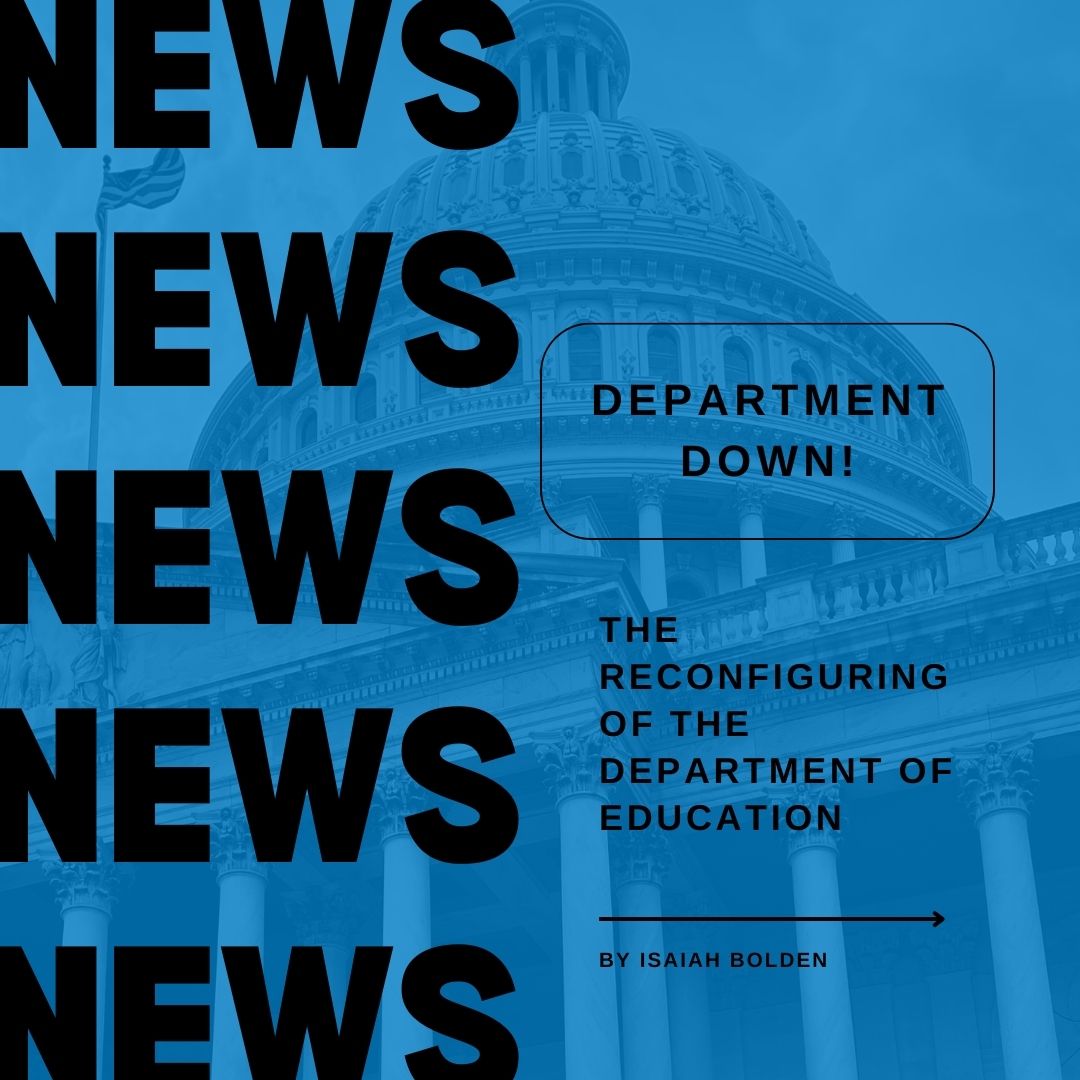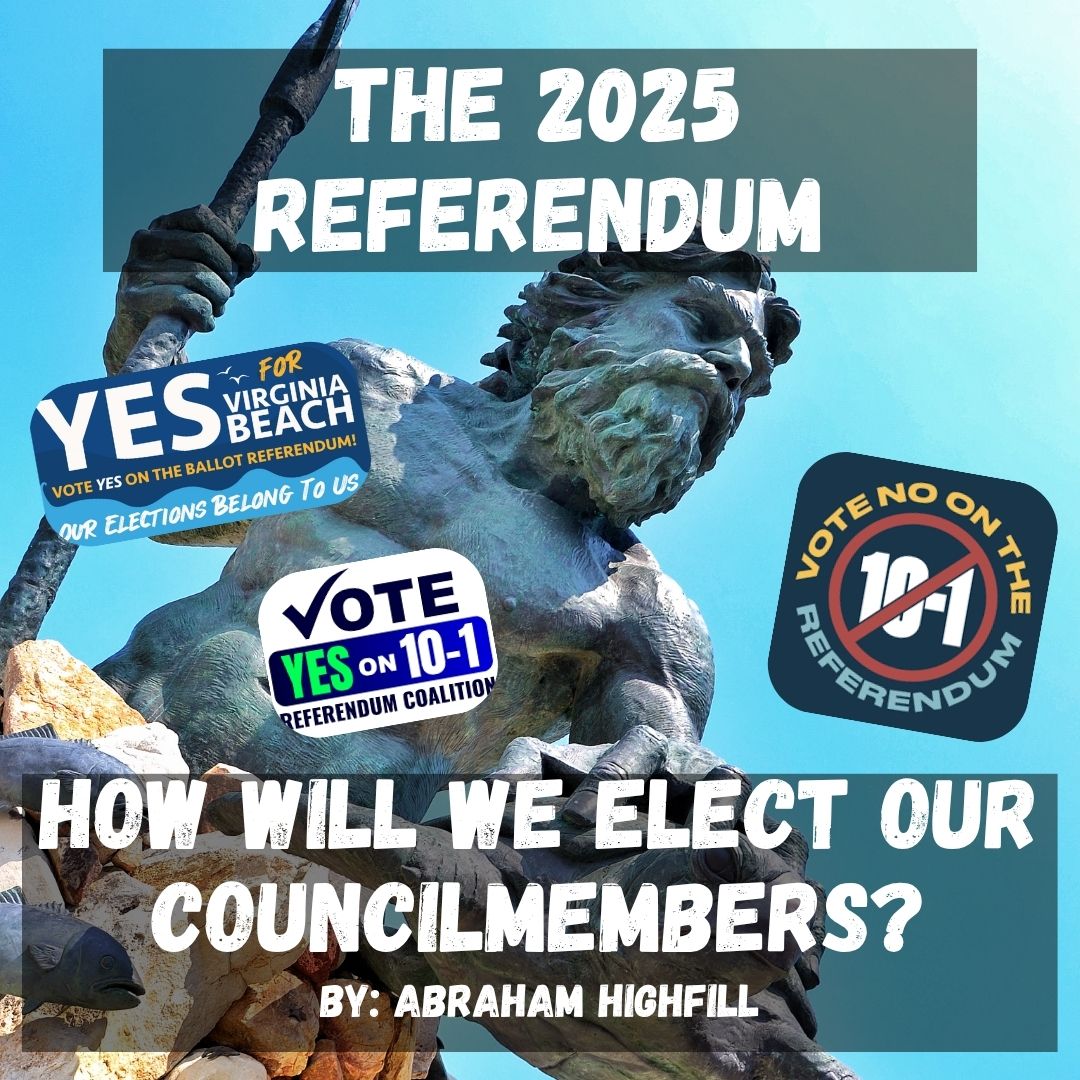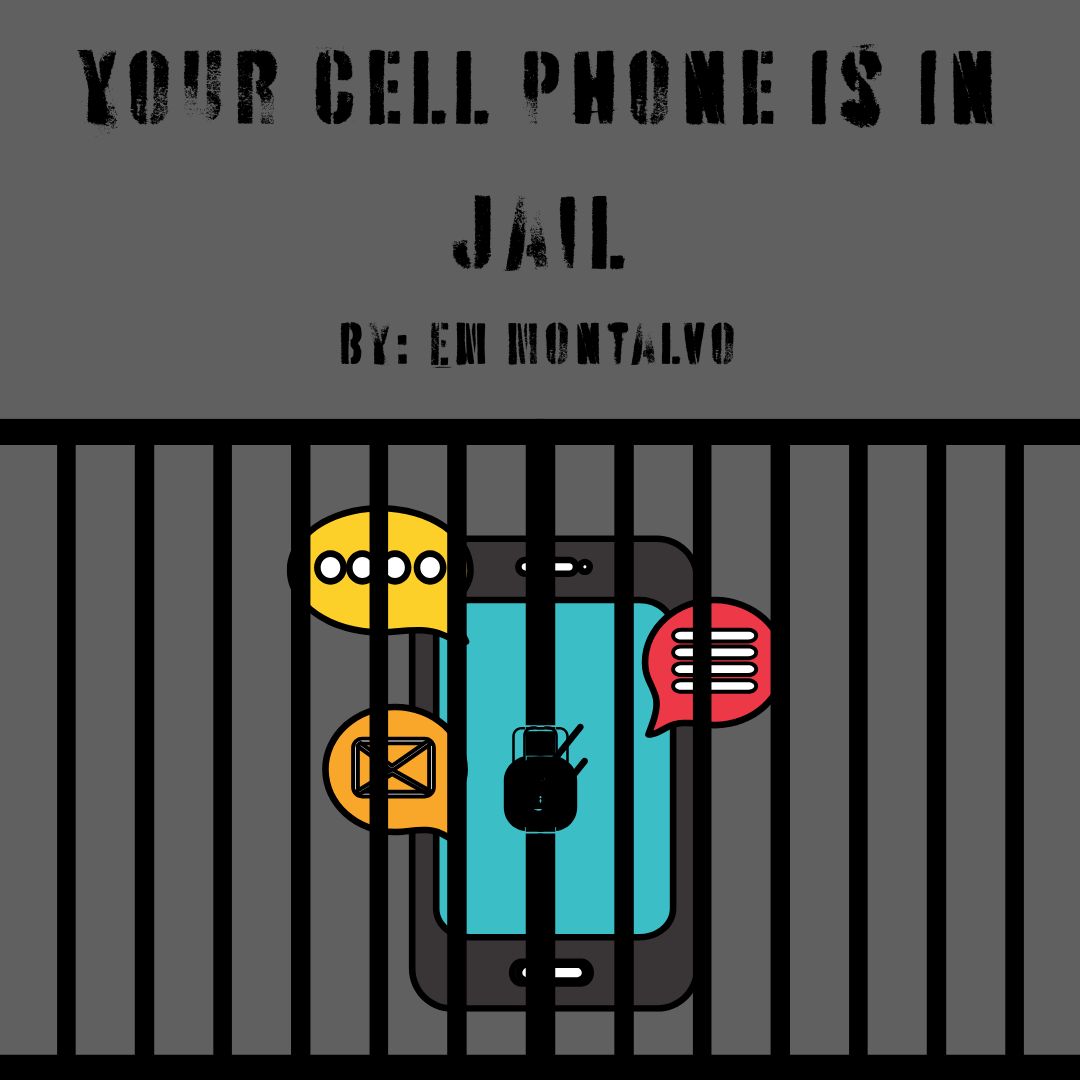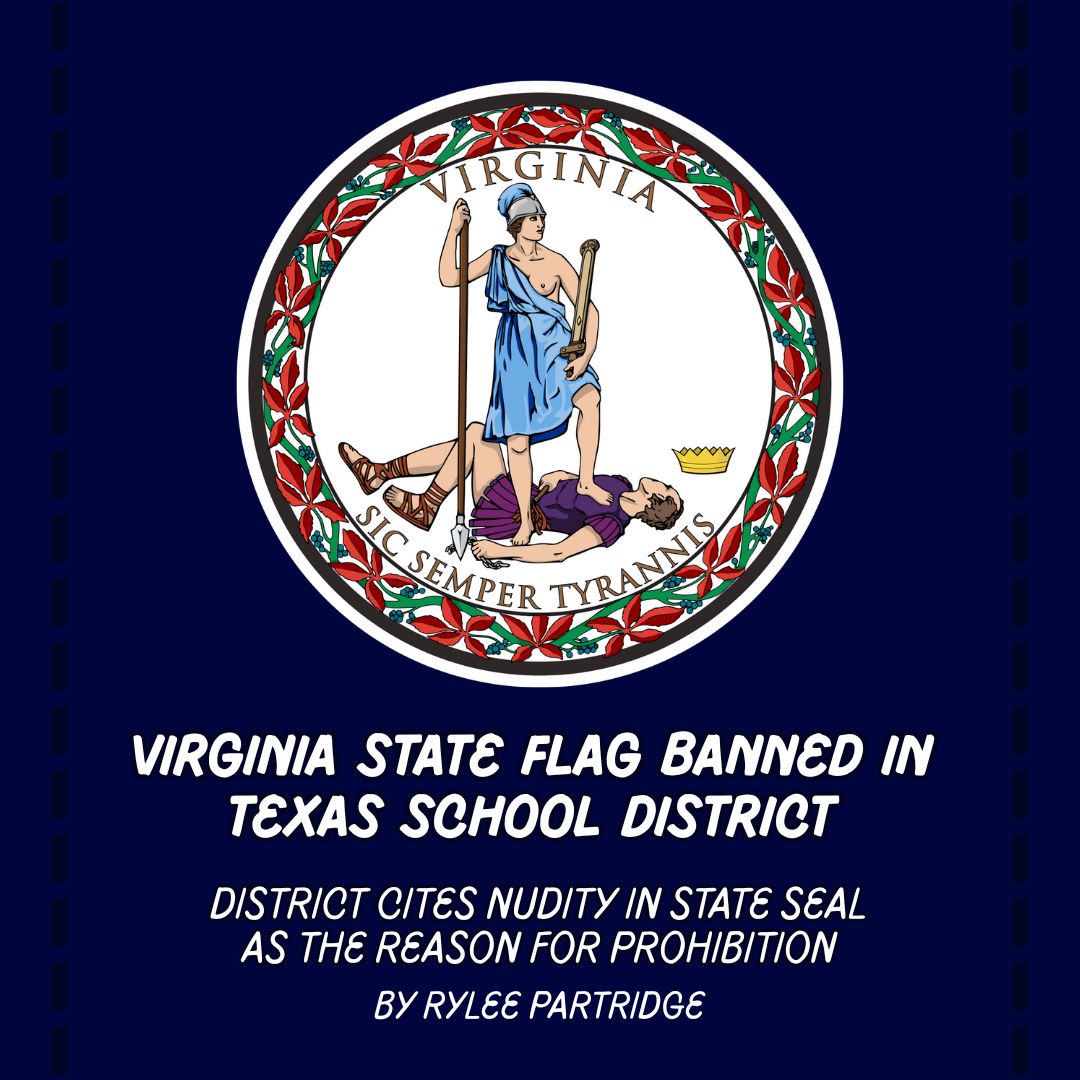In March of 2025, President Donald Trump signed Executive Order 14242. According to NAFSA: Association of International Educators, this order “seeks to close the U.S. Department of Education.” It states that: “Ultimately, the Department of Education’s main functions can, and should, be returned to the States.”
Before Trump’s executive order, the U.S. Department of Education was responsible for administering federal funding for K–12 and higher education, enforcing civil rights in schools, overseeing student loans, supporting special education and disadvantaged students, and collecting education data and research to guide policy. It is unclear what the responsibilities will be going forward.
According to The Brookings Institution, shortly after the order, a reduction in force (RIF) “resulted in nearly half of the department’s staff being placed on administrative leave.” The Brookings Institution website also lists current litigation against the Trump Administration in relation to the order.
Some observers argue that with fewer staff, the Education Department may struggle to fulfill its obligations under federal law, particularly for civil rights enforcement, Title I (which provides federal funding to K–12 public schools with high numbers or high percentages of children from low-income families), and special education.
“I think that this is going to create a stronger divide in our students and staff, especially those who fit the often marginalized groups,” said senior Alana Whitfield. “Nothing should determine whether or not someone receives education, and nothing should limit that.”
According to the National Education Association, the executive order would reduce the federal Department of Education to a statistics-gathering agency that would serve the states. According to the Leadership Conference on Civil and Human Rights, the order also cuts Title I funding and redefines the definition of discrimination in public schools.
Trump’s main reasons for cutting the Department of Education are to return control of schools to states and local communities, reduce federal bureaucracy and spending, eliminate ideological influence in schools, improve educational outcomes, and streamline federal functions by shifting responsibilities to other agencies.
AP Government Teacher and Virginia Teachers for Tomorrow Advisor Mary Stevenson said that she is committed to her students no matter what happens to the Department of Education.
“My passion for teaching is rooted in the belief that education is a vital and transformative force, helping individuals reach their full potential in an ever-changing world,” said AP Government Teacher and Virginia Teachers for Tomorrow Advisor Mary Stevenson. “While the methods of support may evolve, my commitment to fostering a successful learning environment for my students remains constant.”
While the future of this order is unclear, it is important to stay up to date with the events. For more information, please visit whitehouse.gov or congress.gov.







